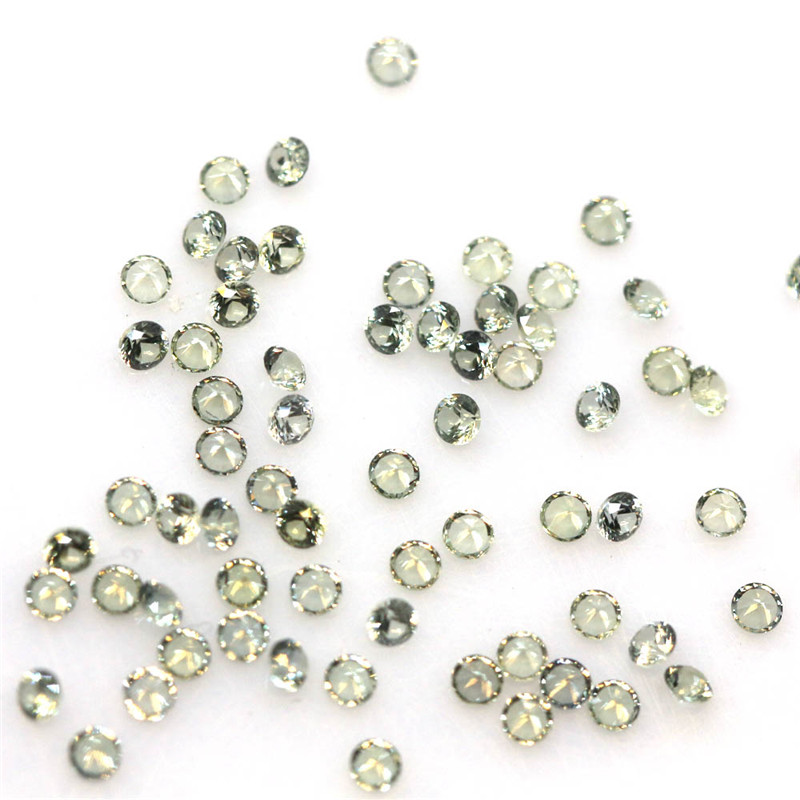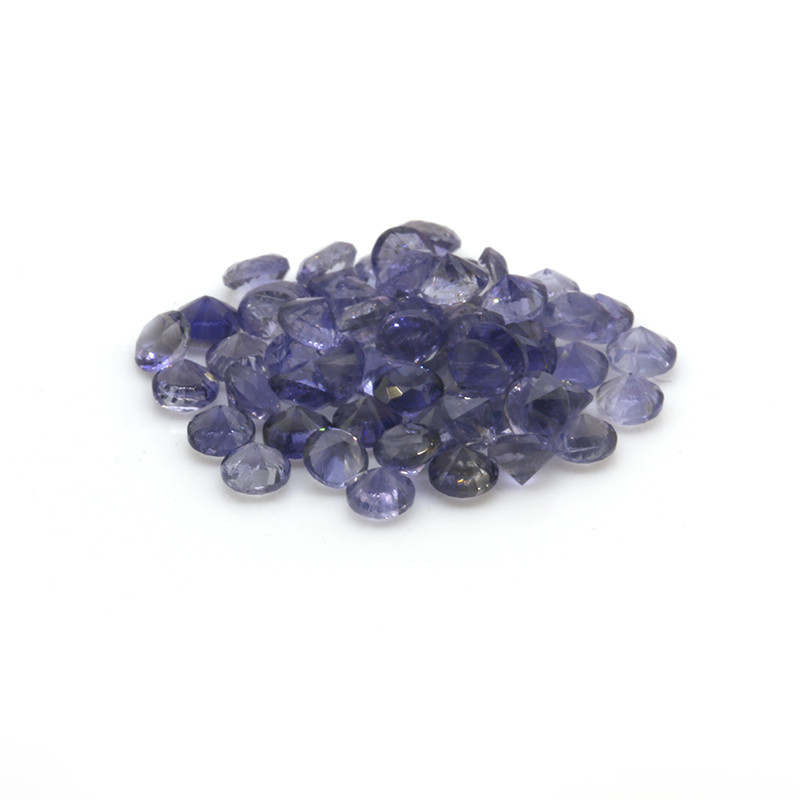Hot-selling Turquoise Stone Beads - Natrual GemsTurquoise Loose Gems Round 1.25mm – Datianshanbian
Hot-selling Turquoise Stone Beads - Natrual GemsTurquoise Loose Gems Round 1.25mm – Datianshanbian Detail:
Product Detail:
China is one of the major producers of turquoise. Turquoise is produced in Zhushan County, Yunxi County, Anhui Ma’anshan, Shaanxi Baihe, Xichuan, Henan, Hami, Xinjiang, Wulan, Qinghai and other places. Among them, the high-quality Turquoise in Yunxian County, Yunxi and Zhushan, Hubei is the world-famous origin. The turquoise on yungai mountain is named yungai Temple Turquoise after yungai Temple on the top of the mountain. It is the original stone origin of world-famous Chinese pine carving art, It enjoys a high reputation in the industry and collection industry and sells well at home and abroad. In addition. Turquoise was also found in Jiangsu, Yunnan and other places.
Turquoise is a high-quality jade material. The ancients called it “bidianzi”, “Qinglang stalk” and so on. Europeans called it “Turkish jade” or “Turkic jade”. Turquoise is recognized as the “December birthday stone” at home and abroad. It represents victory and success and has the reputation of “stone of success”.
Turquoise has different colors due to different elements. The oxide is blue when it contains copper and green when it contains iron. Mostly sky blue, light blue, green blue, green, greenish pale white. The color is uniform, the luster is soft, and the quality without brown iron wire is the best.
Color is an important factor affecting the quality of turquoise. Turquoise products have beautiful colors and are deeply loved by people at home and abroad. In order to protect mineral resources, some places in China explicitly prohibit mining, so businessmen import from abroad, then process Turquoise in the mainland, and then sell the first ornaments and handicrafts everywhere. Except Kashmir, Lhasa is currently the world’s largest Turquoise trading market.
| Name | natural turquoise |
| Place of Origin | China |
| Gemstone Type | Natural |
| Gemstone Color | green |
| Gemstone Material | Turquoise |
| Gemstone Shape | Round Brilliant Cut |
| Gemstone Size | 1.25mm |
| Gemstone Weight | According to the size |
| Quality | A+ |
| Available shapes | Round/Square/Pear/Oval/Marquise shape |
| Application | Jewelry making/clothes/pandent/ring/watch/earing/necklace/bracelet |
physical characteristics:
Form: triclinic system, cryptocrystalline, rare micro crystals, which can be seen only under the microscope.
Fracture: shell like to granular (related to porosity).
Hardness: the Mohs hardness of dense block is 5 ~ 6, and the Mohs hardness of large pore system is smaller.
Toughness: chalky ones have small toughness and are easy to fracture, while dense ones have good toughness.
Streaks: white or green.
Relative density: 2.4 ~ 2.9, and the standard value is 2.76
Transparency: usually opaque.
Gloss: the polished surface is grease glass luster, and the fracture is grease dull luster.
Inclusions: often black spots or black linear Brown ore or other iron oxide inclusions.
Refractive index: ng = 1.65, NM = 1.62, NP = 1.61. Because turquoise is often a green aggregate, there is only one reading on the gem refractometer, and the average value is about 1.62.
Birefringence: the crystal birefringence (DR) is strong, Dr = 0.040. However, it was not shown in gemological tests.
Optical properties: positive optical property of crystal biaxial crystal, 2Y = 40. Because turquoise is usually opaque, gemological test data cannot be provided.
Color: sky blue, so characteristic that it has become a standard color – Turquoise. The rest are dark blue, light blue, lake blue, blue-green, apple green, yellow green, light yellow and light gray. Copper leads to blue. Iron can replace part of aluminum in the chemical composition, making turquoise green. The content of water also affects the hue of blue.
Absorption spectrum: under the strong reflected light, two medium to weak 432 nm and 420 nm absorption bands in the blue region can be seen occasionally, and sometimes blurred absorption bands can be seen at 460 nm.
Luminosity: there is light yellow green to blue fluorescence under long ultraviolet irradiation, and the short wave fluorescence is not obvious. There is no obvious luminescence under X-ray irradiation.
Thermal properties: turquoise is a kind of non heat-resistant jade, which will usually burst into fragments when heated, turn brown and turn green under the flame. Dry cracking and discoloration also occur in the sunlight.
It dissolves slowly in hydrochloric acid.
The pores of turquoise are developed, so Turquoise should not contact with colored solution in the identification process to prevent it from being polluted by colored solution.
Product detail pictures:



Related Product Guide:
All we do is usually connected with our tenet " Consumer initial, Rely on 1st, devoting around the food stuff packaging and environmental safety for Hot-selling Turquoise Stone Beads - Natrual GemsTurquoise Loose Gems Round 1.25mm – Datianshanbian , The product will supply to all over the world, such as: belarus, Berlin, Madrid, We have a professional sales team, they have mastered the best technology and manufacturing processes, have years of experience in foreign trade sales, with customers able to communicate seamlessly and accurately understand the real needs of customers, providing customers with personalized service and unique products.
This is a very professional and honest Chinese supplier, from now on we fell in love with the Chinese manufacturing.



